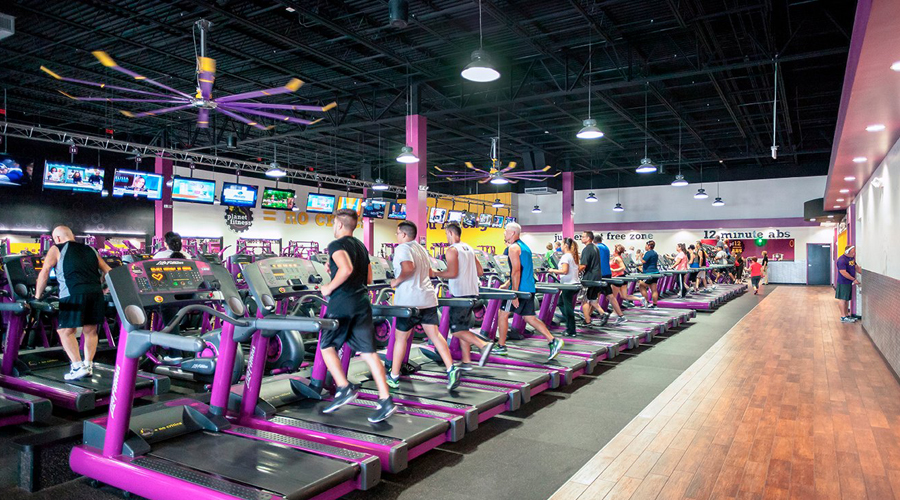The Health & Fitness Association (HFA), formerly IHRSA, reported the summary results from its latest consumer survey, indicating that a record 77 million Americans, or 25 percent of the population, ages six and older, were members of a gym, studio or other fitness facility in 2024. When †˙e HFA included members and non-members, total fitness facility customers reached nearly 96 million, representing almost one in three Americans (31.0 percent) with gym/studio memberships.
The HFA notes the rise in gym and studio participation as a signal of the growing interest in structured fitness, with the number of facility members having increased by 20 percent between 2019 and 2024, according to HSA’s read of the data.
“Even with this encouraging growth, most Americans still fall short of physical activity guidelines,” the trade association noted in its summary.
“According to Centers for Disease Control (CDC) estimates, three in four Americans are not meeting recommended levels — highlighting the continued need to expand access and reduce barriers to healthy movement. Affordability remains a key part of that equation. While budget-friendly gym brands have rapidly expanded in recent years, cost is still one of the most commonly cited obstacles to structured exercise,” the HFA continued.
The HFA said one proposed solution is the Personal Health Investment Today (PHIT) Act, which would allow individuals to use pre-tax dollars from Health Savings Accounts (HSAs) and Flexible Spending Accounts (FSAs) to cover fitness-related expenses, including gym memberships, fitness classes, youth sports fees, and equipment. The bill, which has wide support in the sports and fitness industry, was recently reintroduced by a bipartisan group of lawmakers. HFA said the bill enjoys broad support, including from nearly nine in 10 Americans, according to recent HFA polling.
“This report signals the impact our industry is already having and how much more we could do with the right support,” said Liz Clark, president and CEO of the Health & Fitness Association. “Fitness centers are engines of well-being, connection, and community. But for millions of Americans, the cost of access remains a barrier.”
Additional findings from the report 2025 U.S. Health & Fitness Consumer Report: Headline Trends include:
- Studios were the most popular facility, with 23.1 million members in 2024, followed closely by fitness-only gyms with 22.2 million members.
- Average member attendance stabilized at around 1.5 visits per week, down from 2.1 in 2019, reflecting evolving habits as many Americans now supplement gym use with outdoor, at-home and sport-based physical activity.
- The typical member has trended younger, more male, less affluent, and more ethnically diverse in recent years, reflecting changing engagement patterns across the population.
The HFA said this Headline Trends Report marks the first installment in a new research series that will provide deeper insights into how Americans engaged with fitness facilities in 2024. Forthcoming releases will explore key topics, including membership demographics, fees, attendance patterns, and other benchmarks.
Image courtesy Planet Fitness, Inc.














